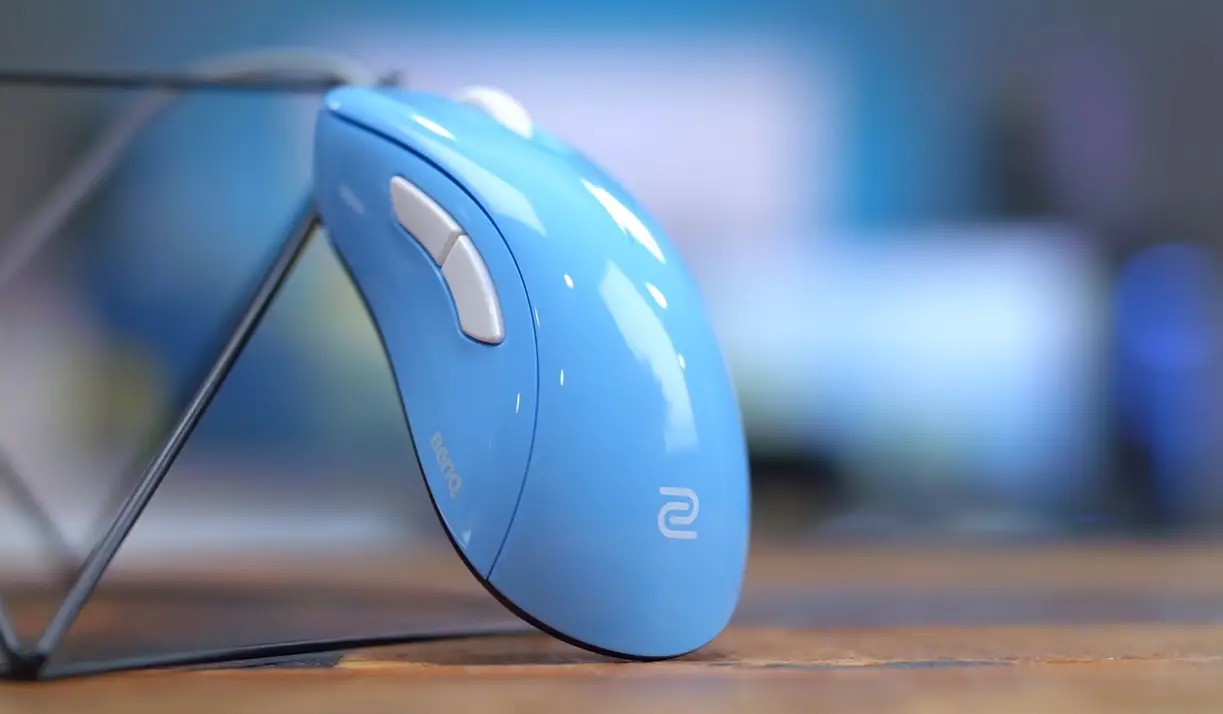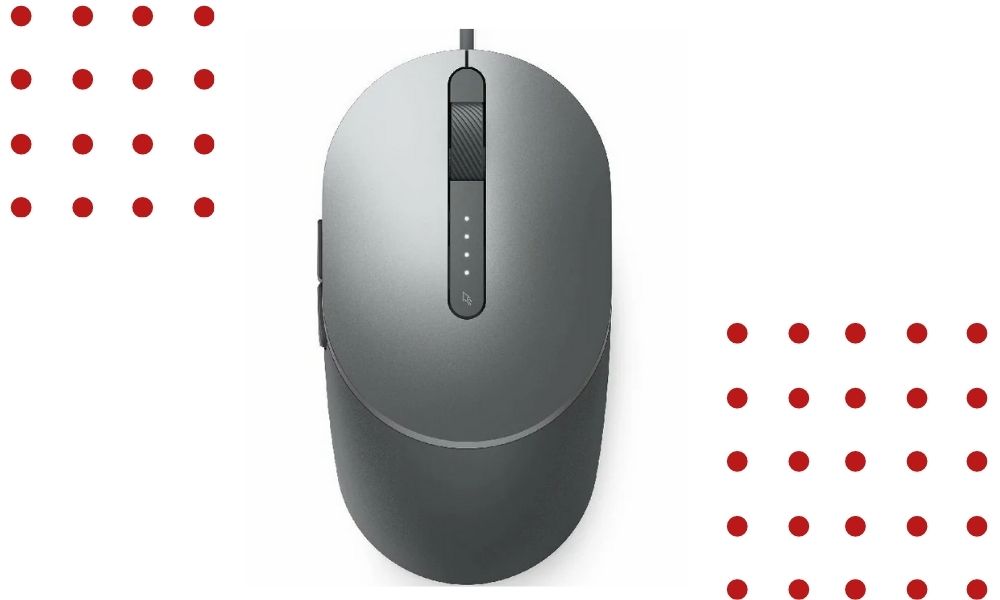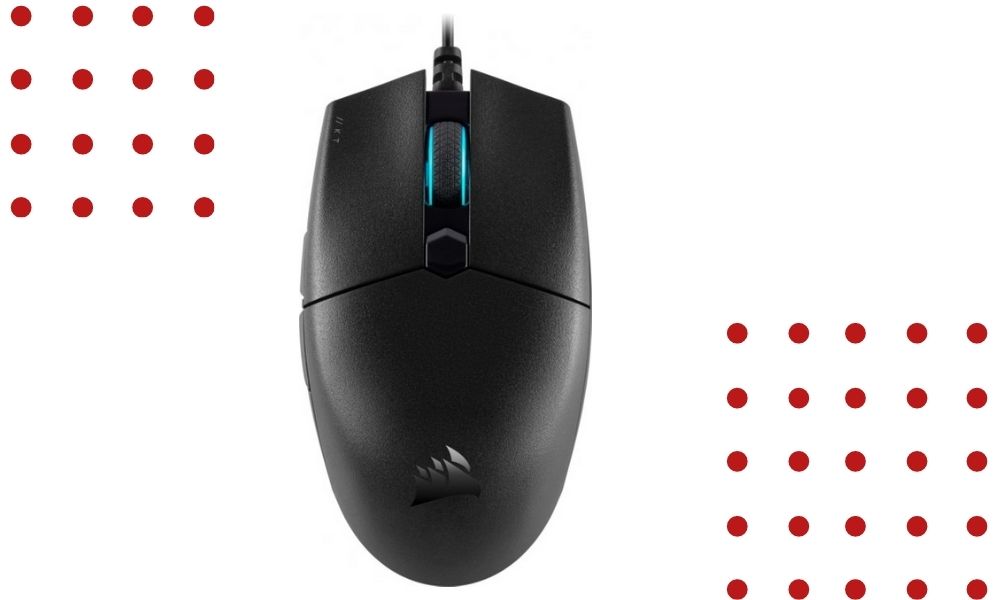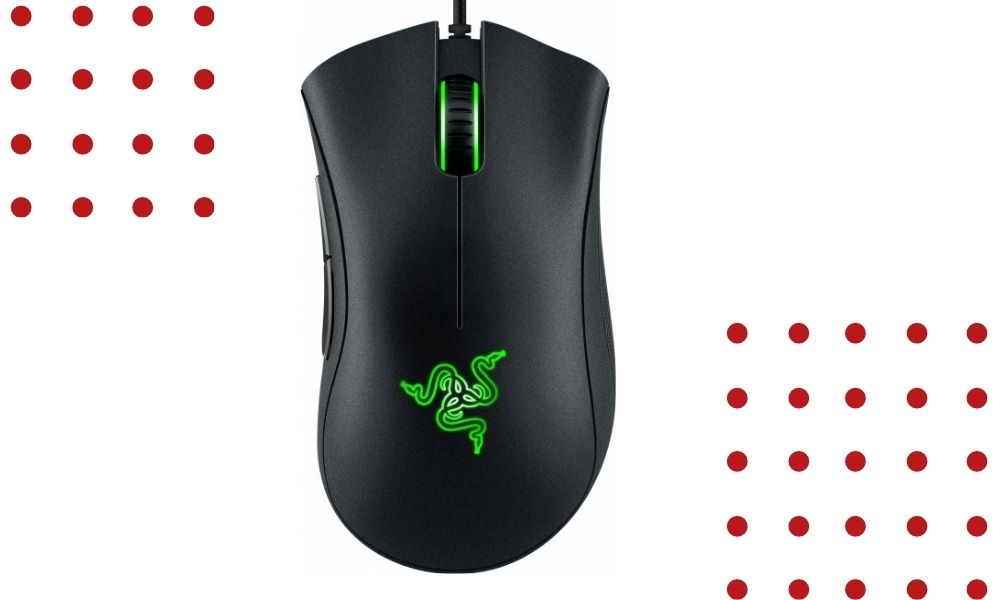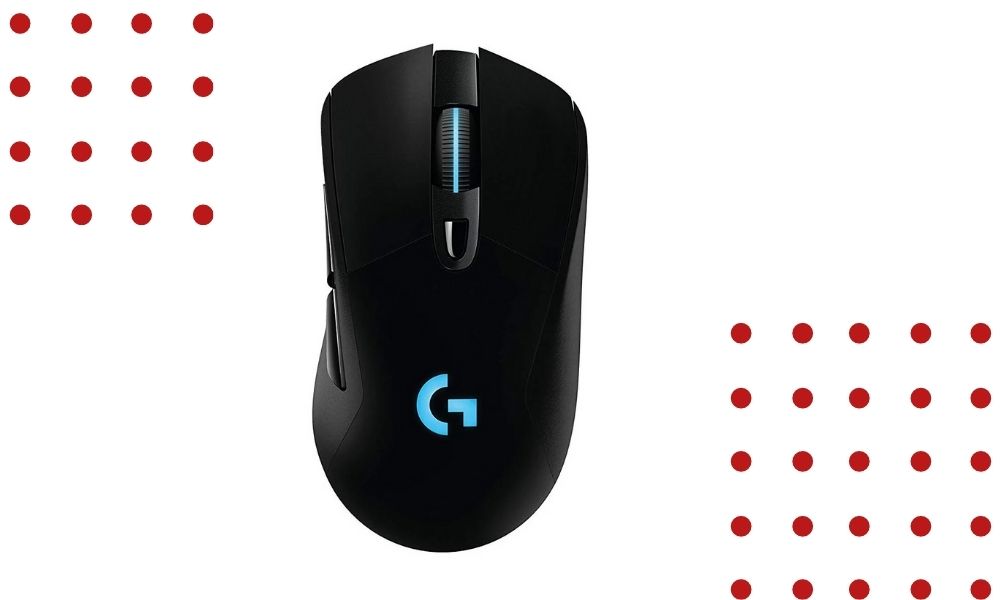How to connect and configure a wireless mouse to your laptop or computer
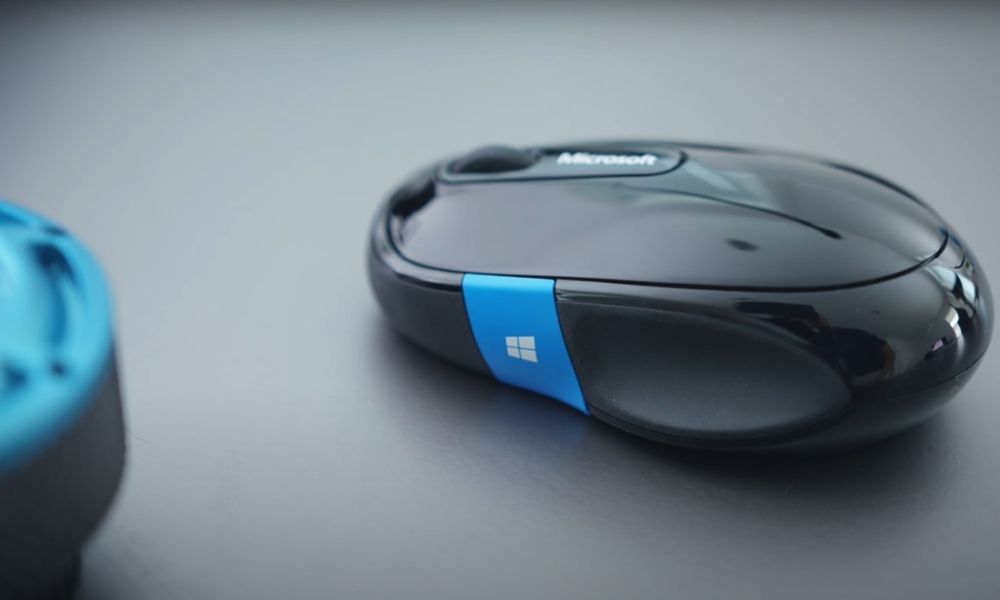
Wireless mouse is much more convenient than their wired counterparts, but their connection and use on a PC has its own peculiarities.
The computer mouse is one of the most familiar and convenient manipulators for controlling the cursor on your PC. But the standard wired version has one critical disadvantage – limited freedom of movement by the length of the cable. You can solve this problem by connecting the mouse via radio. We will tell you how to connect and set up a wireless mouse to your laptop or computer, as well as highlight the main advantages and disadvantages of such a device.
Why is a wireless mouse more convenient?
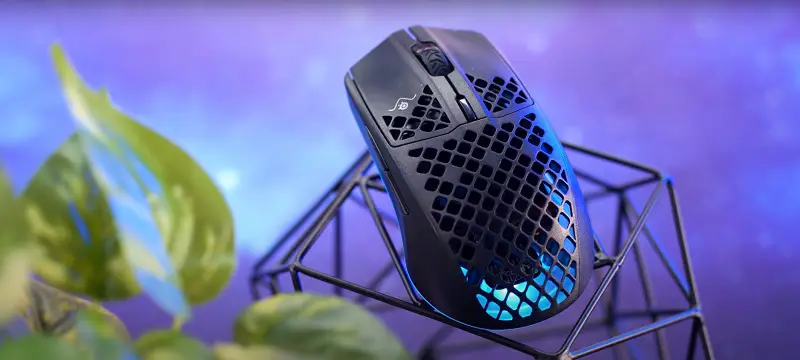
A desktop PC in most cases assumes a wired keyboard and mouse connection. This is logical, because the workplace does not involve a large distance from the user from the computer case.
But the wires going from the keyboard and mouse to the back of the system unit can be annoying, because you constantly have to pull them up for a more comfortable position on the table, and, in addition, they often interfere with the work with the documents. And if the cord is rigid, it pulls the mouse off the table by its tail.
The wireless mouse helps to avoid these problems. There are also complete wireless kits – keyboard + mouse, but we recommend using a wired one, because only with a wire you can call the BIOS menu at PC startup.
A wireless mouse has a number of advantages over a corded mouse, chief among them being the freedom from wires and the ability to use it at a significant distance from your PC. This, for example, is invaluable for controlling the PC from the couch while watching photos and videos on a large TV.
When a wireless mouse is connected to a notebook, a great advantage of such a device is its instant readiness to work without having to insert the plug into the USB port every time. Today’s mice are equipped with a very compact 2.4 GHz wireless adapter, which you just have to install once in the slot and then forget about it.
There are also Bluetooth wireless mice which do not even require a wireless adapter to be installed, since they use the standard Bluetooth interface. It is somewhat more difficult to enable such a wireless mouse, as you must give Windows permission to connect to such a device. These mice are very popular among the owners of notebooks with 2 USB slots where such connection allows to save one slot for external media connection.
How to connect and configure a wireless mouse
To install a wireless mouse on your computer is quite simple: turn on your computer or laptop, insert the radio adapter supplied with the mouse into a free USB slot on your PC or laptop, install the mouse batteries, wait for Windows to install the necessary drivers suitable for this model of mouse, click the right mouse button and move the cursor. If everything works and the cursor moves across the screen – you can already use the wireless mouse.
If the system has not found suitable drivers, you will have to download them from the manufacturer’s website and install them yourself. After that you can pull out and reinsert the mouse adapter into the USB slot, the system should automatically initialize the drivers and the mouse will work.
For quite expensive manipulators, particularly gaming ones with a lot of additional buttons, manufacturers develop special utilities for configuration and adjustment of buttons and sensitivity of the optical sensor. These programs require some study and careful tuning to the player’s requirements. By the way, such mice come with a wire, and they can “turn” into wired ones.
What are the disadvantages of the wireless mouse?
The main disadvantage for regular users is the periodic replacement of batteries in the mouse. One AA-set can last 3-5 months, depending on the intensity of use and the quality of batteries.
In addition, critical for laptop owners may be a decrease in Wi-Fi transmission speed when wirelessly connecting from home or a public network operating at 2.4 GHz. If the channels of the mouse and Wi-Fi overlap, the loss in speed from adapter interference can be up to 70%, which would be a good reason to abandon the wireless mouse and go back to using the “tailed rodent”. In the case of Bluetooth radio channel, such problems should not arise.
For gamers, experts recommend using only wired interfaces for better response to clicks and cursor movements. Although, nowadays some professional wireless models are brought to perfection in this regard.


